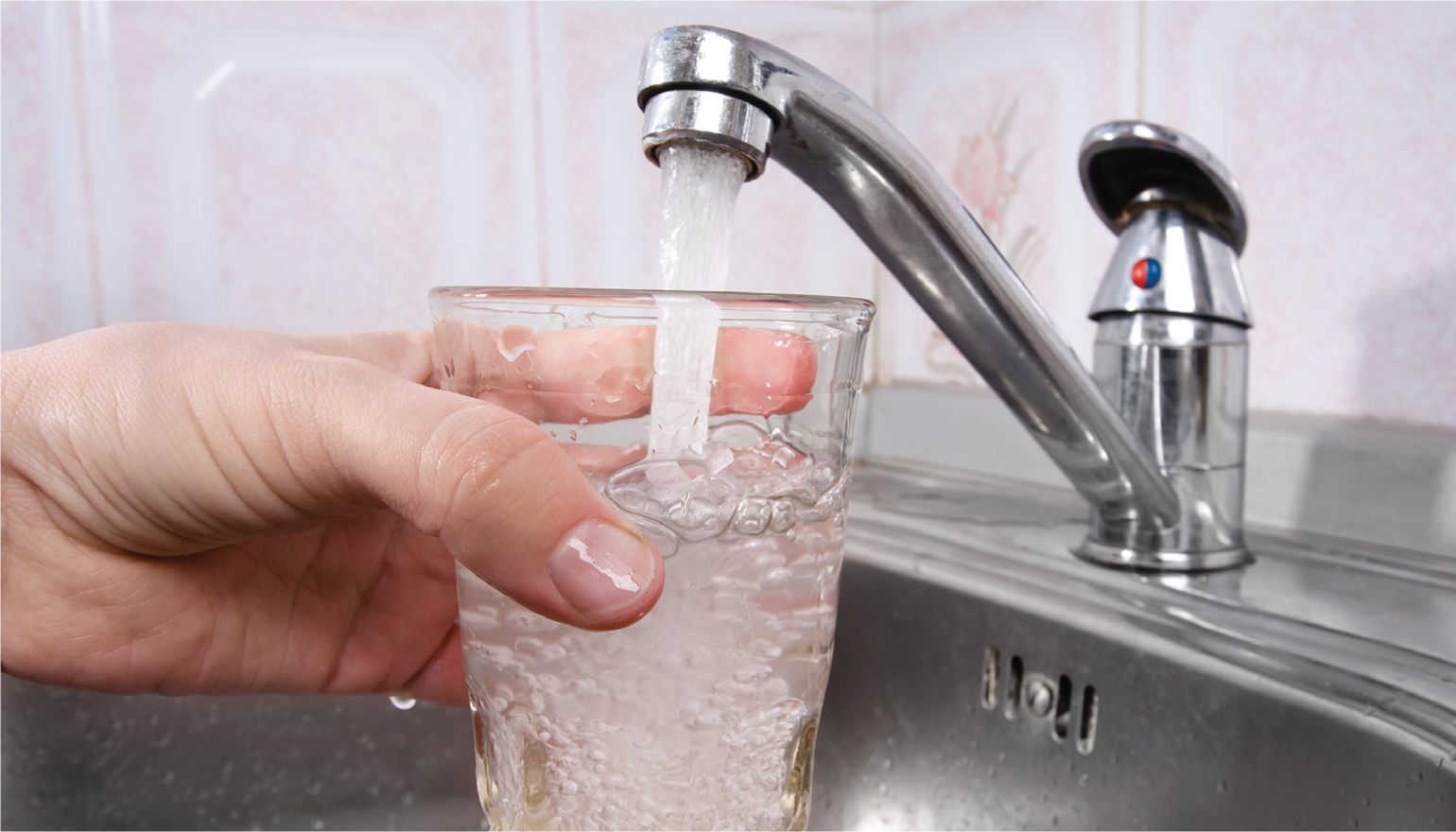Lead is a naturally occurring toxic metal that can harm human health (US Environmental Protection Agency (EPA), 2016). Fetuses, infants and children are especially vulnerable; low levels of exposure have been linked to nervous system damage, learning disabilities, hearing problems and shorter stature. There are multiple sources of lead exposure including soil, dust, paint, air, food and drinking water.
Lead is not usually present in the UK public water supply network (Drinking Water Inspectorate, 2010). However, prior to 1970, many smaller domestic water pipes were constructed from lead. Where there is greatest likelihood of lead from pipes being present in the water, such as soft upland water areas, the water is usually treated with the chemical orthophosphate to reduce exposure. Nevertheless, lead particles may accumulate in these older pipes and can appear in tap water.
If an individual suspects that their home has lead pipework, they can normally request that their water company test their drinking water (Drinking Water Inspectorate, 2010). The current UK drinking water standard is 10 μg/l. However, the US EPA (2016) has set the maximum contaminant level goal for lead in drinking water at zero, signifying that there is no safe level of exposure to lead.
If lead is found on testing, the property owner should take steps to remove the lead piping (Drinking Water Inspectorate, 2010). In the UK, the part of the service pipe that connects the stop valve outside the property to the water main in the street (communication pipe) belongs to the water company, and the water company should replace it if certain criteria are met. However, the section of pipe between the kitchen tap and the stop valve (supply pipe) is the legal responsibility of the property owner—and this is the rub. A replacement pipe can cost thousands of pounds, which is beyond the means of many households. Very few local authorities in the UK provide grants to help with the cost of replacing lead pipework; moreover, they are already financially stretched during a period of economic austerity. Is it, therefore, time for the water companies, many of whom make large profits, to step up to the mark and provide grants to those who cannot afford to replace lead pipes themselves? As far as I am aware, none of them currently do. Personally, I think it is—especially where pregnant women, infants and children are involved.

‘Fetuses, infants and children are especially vulnerable to harm from lead; low levels of exposure have been linked to nervous system damage, learning disabilities, hearing problems and shorter stature ’

